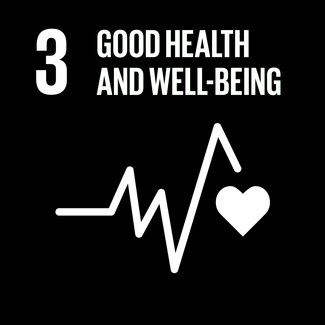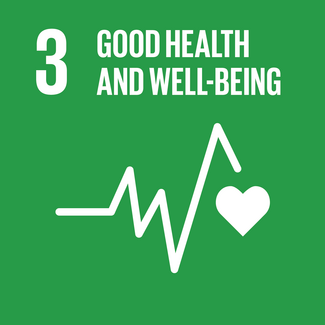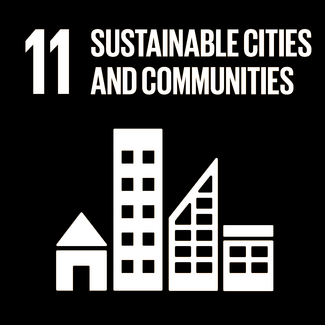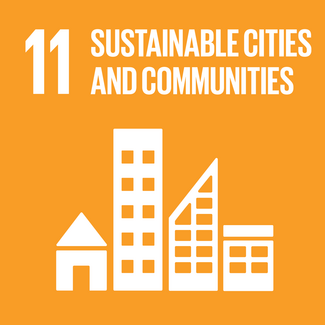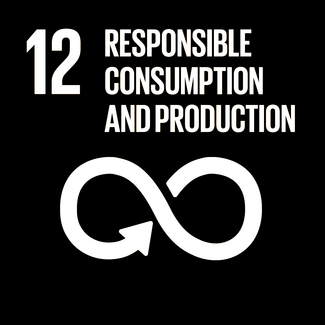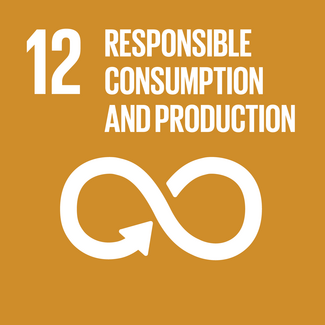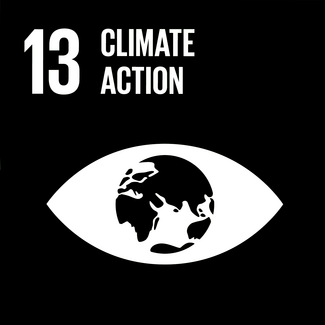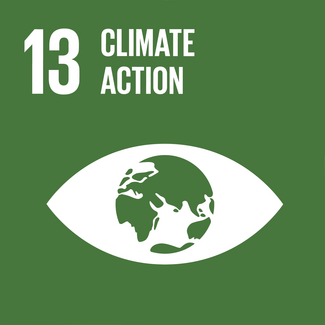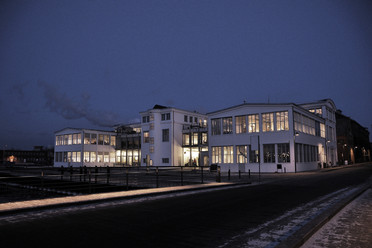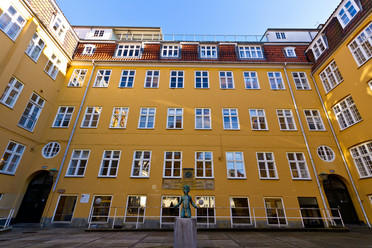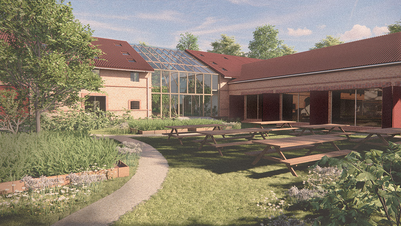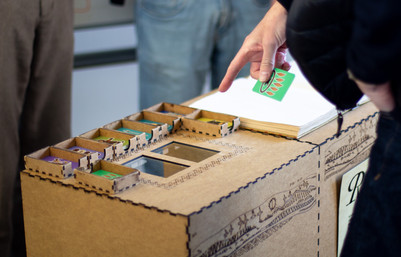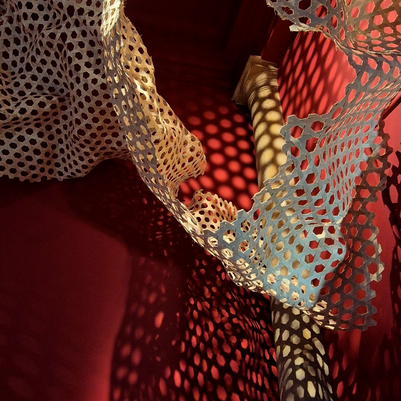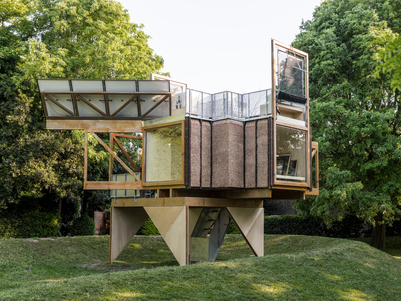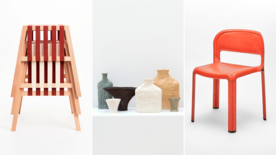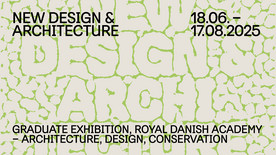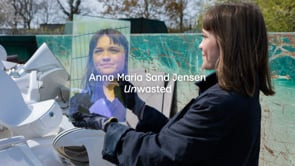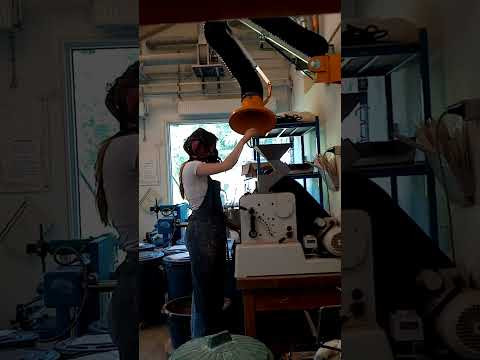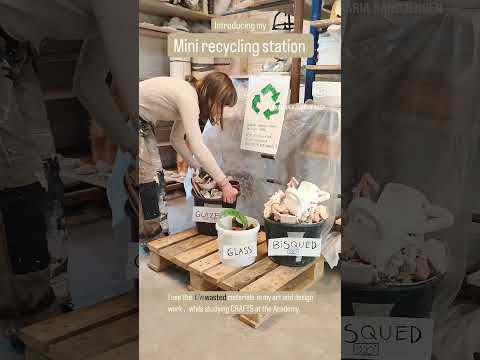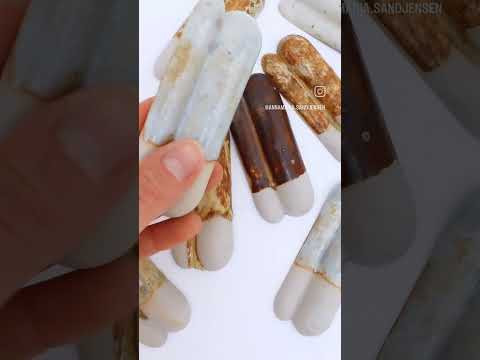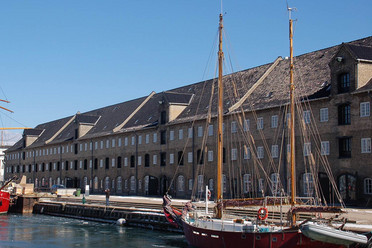

UNWASTED
In a world facing mounting environmental challenges, it is crucial to infuse design practices with sustainable principles. This project aims to pioneer solutions that address these challenges functionally while elevating architectural aesthetics and honoring material craftsmanship.Focusing on sustainability, the project redefines the concept by considering residual materials as vehicles for sensory appreciation and adding a protective element to the built environment.
By repurposing resources for new architectural contexts, it aspires to inspire a shift towards more sustainable and captivating design. Reimagining waste materials, it demonstrates how sensory richness can deepen connections between individuals, their surroundings, and their values.
Exploring diverse waste streams, including agriculture, food residue, and community waste, the project harnesses ceramics as a solution. It focuses on designing protective ceramic cladding for building facades, aligning with principles of re-building rather than new construction. Cladding can enhance both new and existing buildings by re-cladding or adding to existing facades.
Amid material shortages, the project uses 65-100% waste as resources to create contemporary ceramic elements that balance architectural functionality and sensory delight.
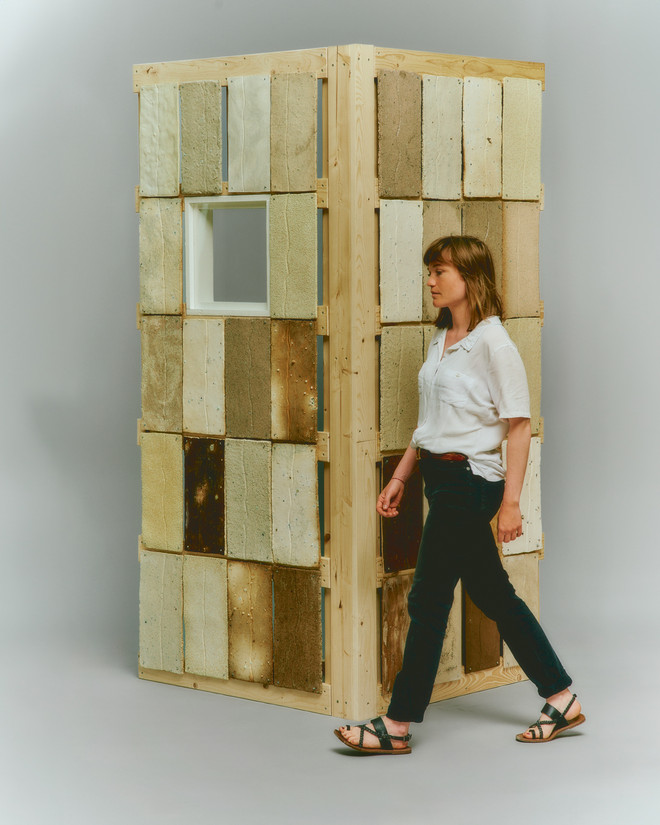
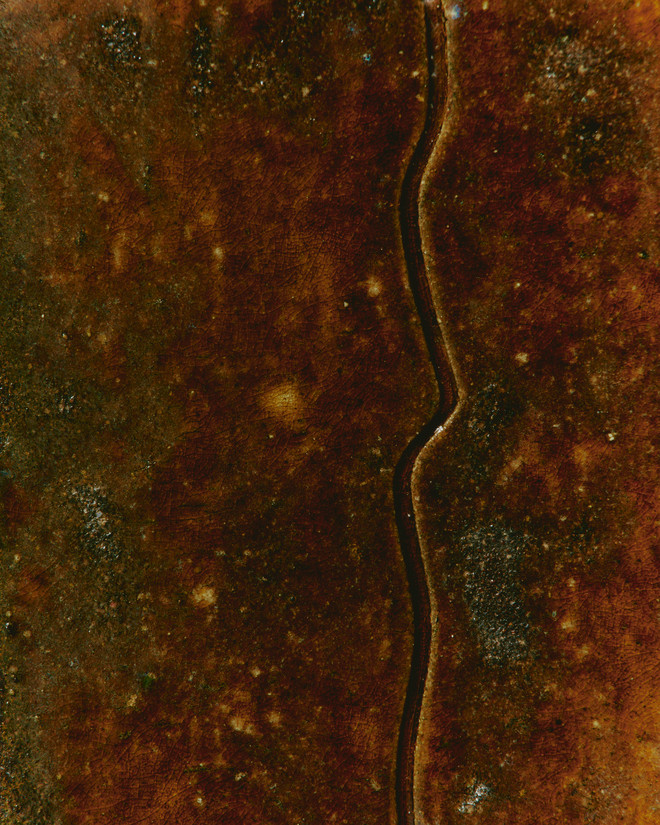
Unwasted - Process video
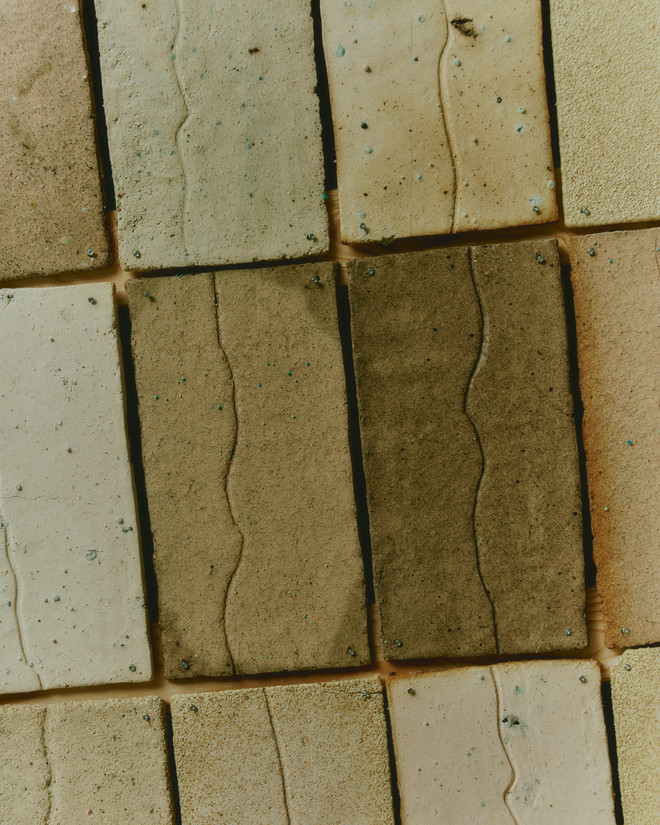
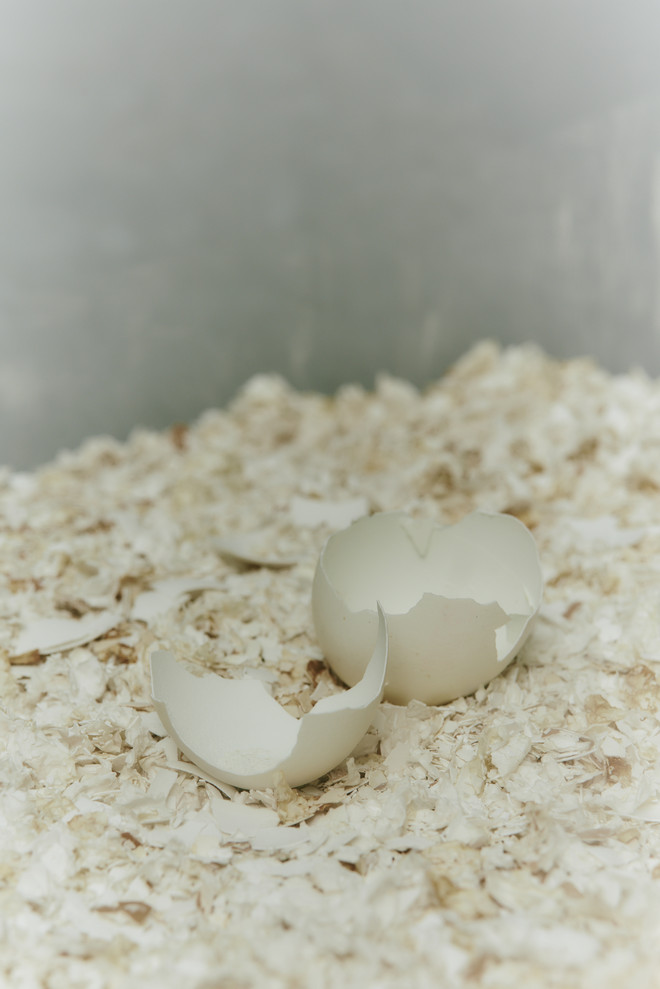
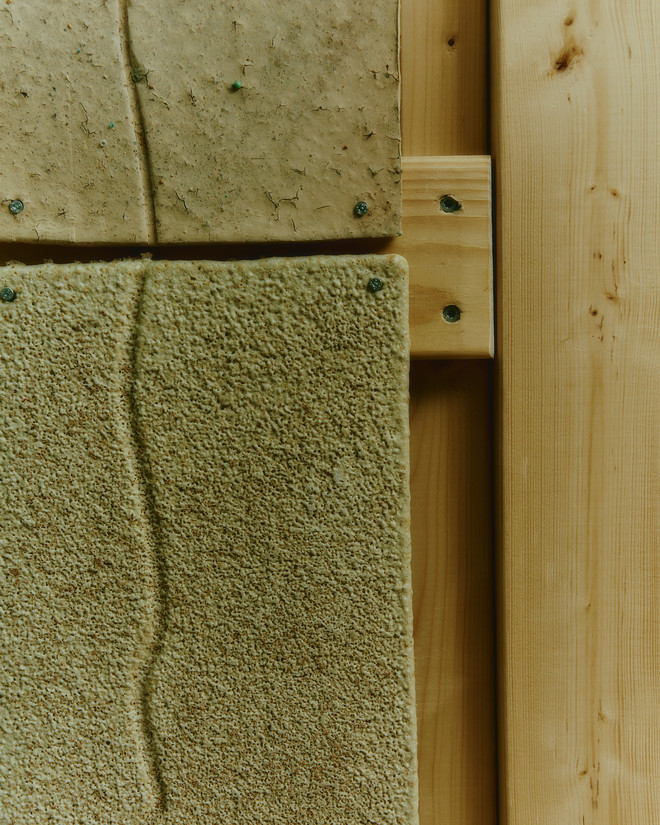
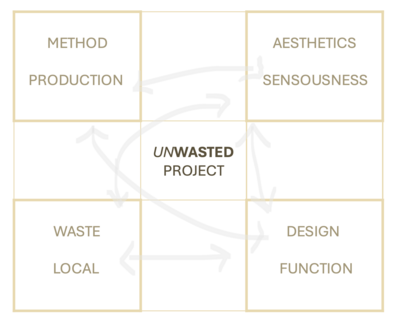
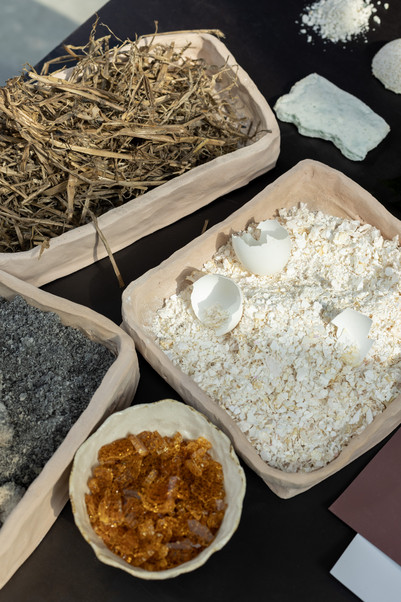
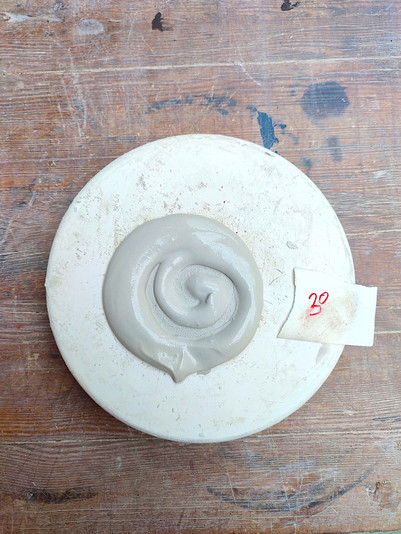
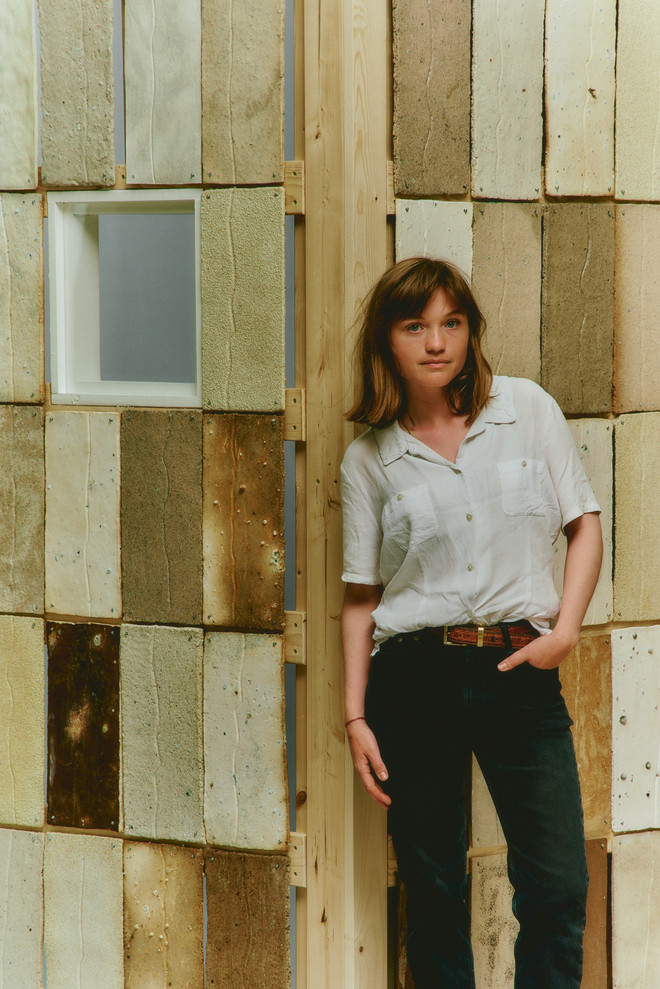
MAKING MATERIAL FROM WASTE
"THE INITIATIVE IS MEANT TO MOTIVATE AND INSPIRE OTHERS TO RECONSIDER WHAT IS WASTE—OR POTENTIALLY UNWASTEABLE—BEFORE DISPOSING IT." - Anna Maria Sand Jensen
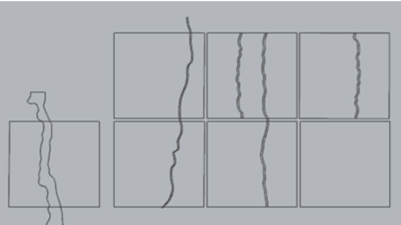
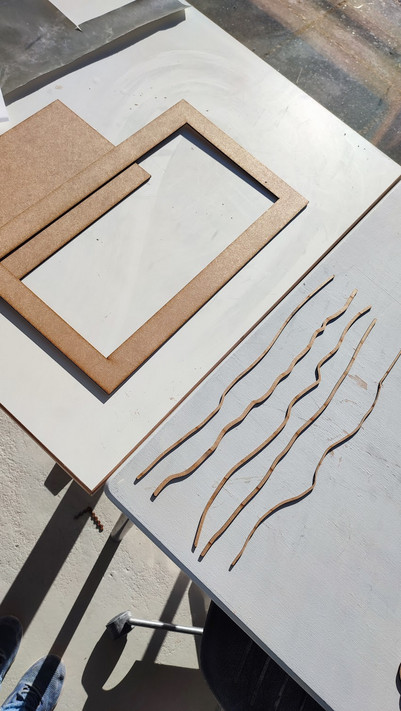
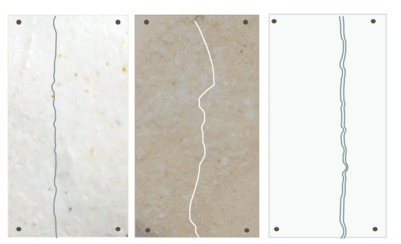
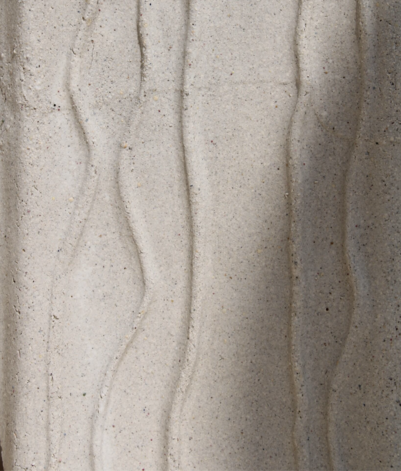
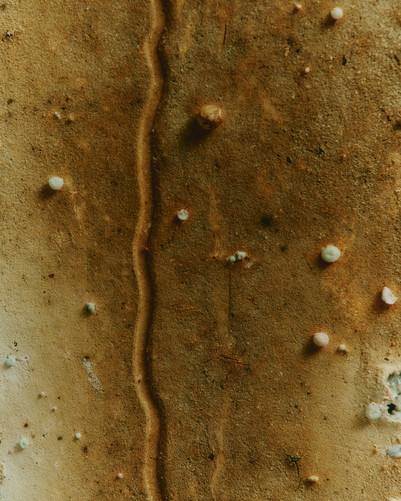
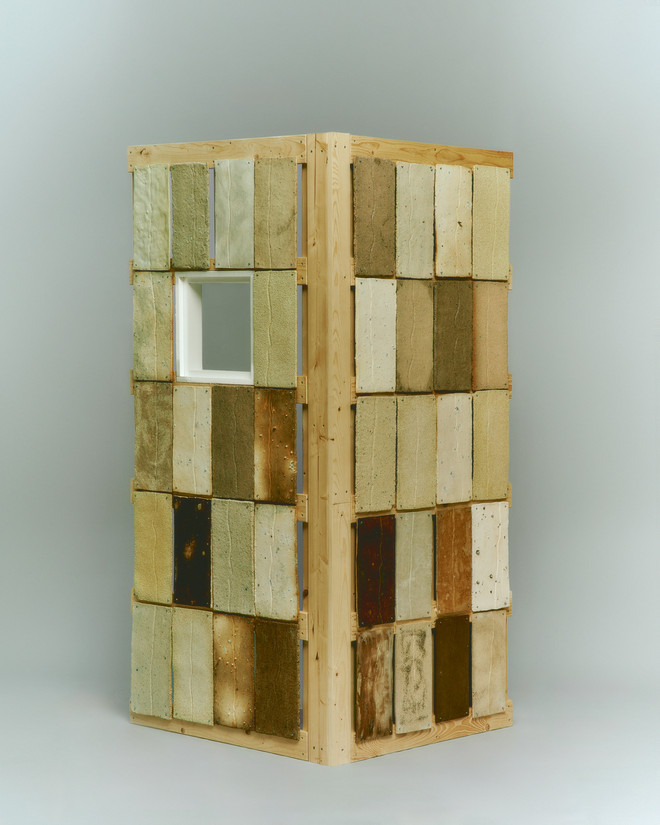
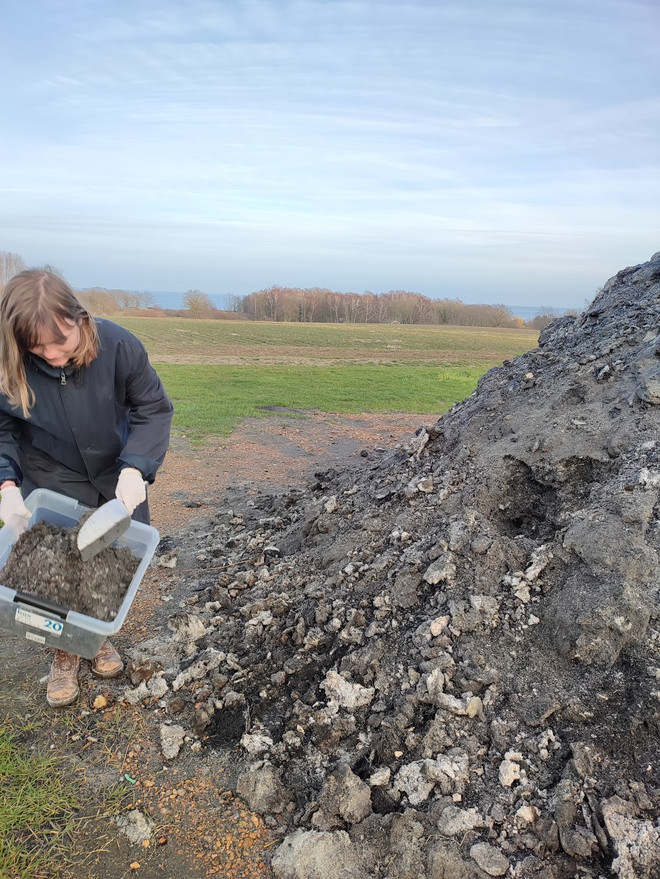

Mini Recycling Station
THE UNWASTED CLADDING DESIGN AIMS FOR AESTHETIC APPEAL THROUGH FORM, COLOR, AND TEXTURE, ALONG WITH FUNCTIONAL ASPECTS LIKE PROTECTION, INSULATION, AND DURABILITY.
"I'VE BEEN FASCINATED BY THE PHENOMENA OF WATER FLOW AROUND ME, SUCH AS INDEPENDENT STREAMS AND PATTERNS. WATCHING RAINDROPS FORM LINES ON A CAR WINDOW CAPTIVATED ME WITH THEIR SIMPLICITY AND ELEGANCE, INSPIRING ME TO SEE THESE LINES AS POWERFUL DESIGN ELEMENTS." - Anna Maria Sand Jensen
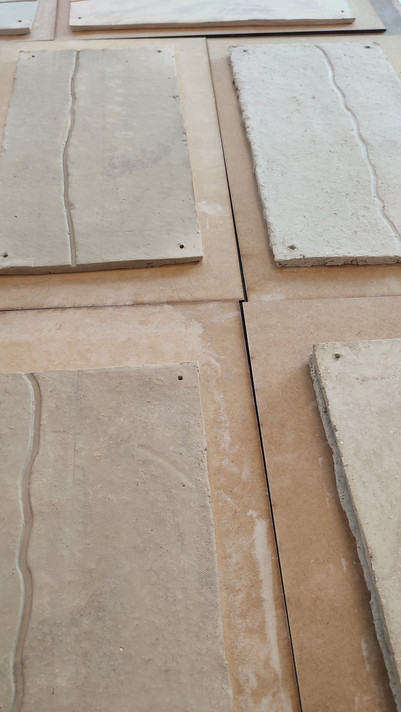
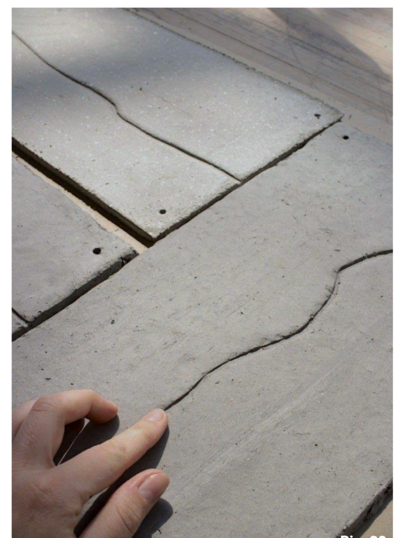
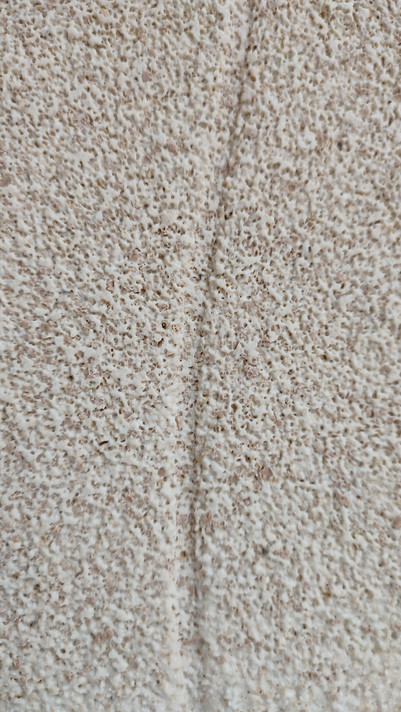
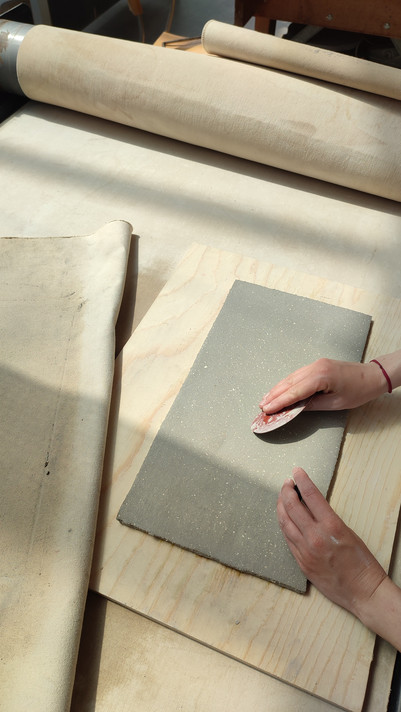
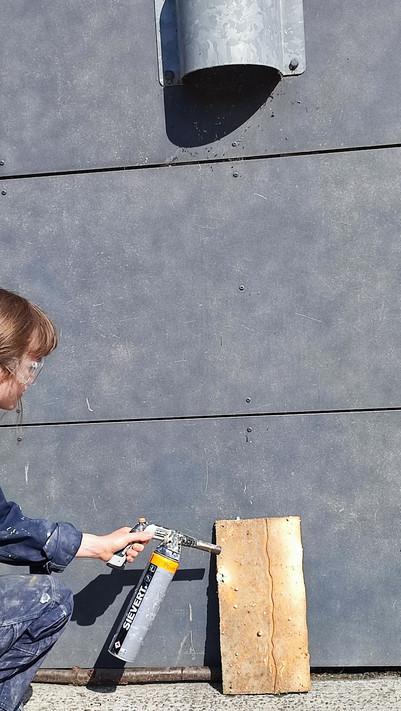
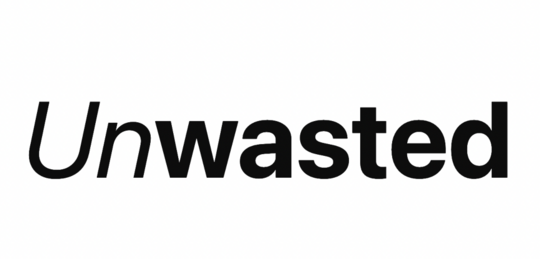
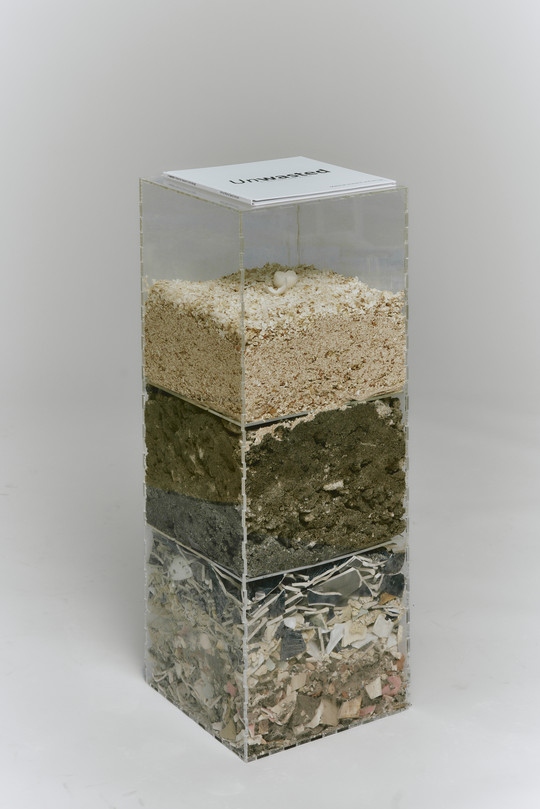
Det Kongelige Akademi understøtter FN’s verdensmål
Siden 2017 har Det Kongelige Akademi arbejdet med FN’s verdensmål. Det afspejler sig i forskning, undervisning og afgangsprojekter. Dette projekt har forholdt sig til følgende FN-mål